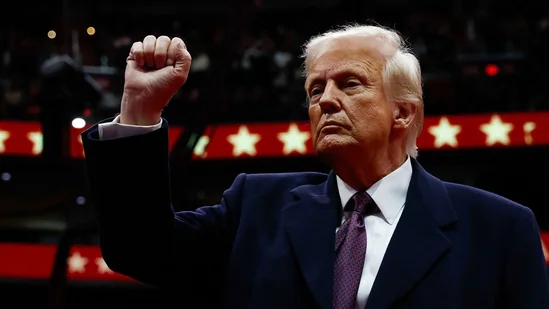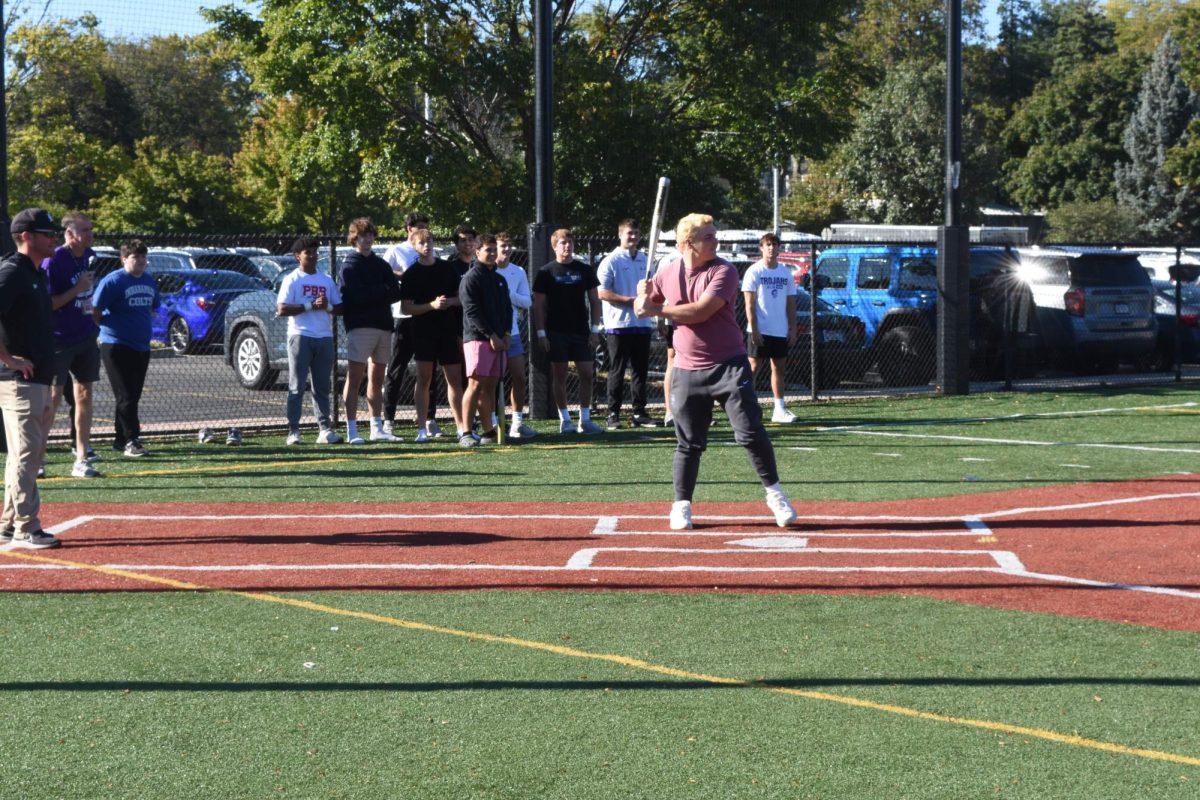Staff Editorial: First Amendment for students: Where to draw the line?
February 23, 2018
From our preparation for the Constitution test we took in eighth grade to the government and law classes we are enrolled in during high school, we, as students, have been informed of our First Amendment rights. Our journey to become engaged American citizens starts with the knowledge of how we can promote, advocate and challenge our rights.
As student journalists, we are frustrated that the Omega has needed to investigate multiple counts of censorship over the past couple of years. From alumni Ryan Radomski’s punishment after yelling “Fire Hoiberg”at a basketball game, to the Omega’s inability to conduct surveys without a student’s parental consent, to constraining Selma El-Badawi’s ability to express her sexual identity in a diversity promotional video, incidents where students’ First Amendment rights are restricted keep occuring.
The administration has argued their decisions using the Protection of Pupil Rights Amendment and the student handbook. Neither outweighs the Constitution.
Student Press Law Center has become the Omega’s resource in relations to legal matters regarding district violations of First Amendment rights. In El-Badawi’s case, SPLC stated that our administration had handled the situation incorrectly. In no way could El-Badawi’s voluntary expression violate any principles of the PPRA, a federal statute that protects parents’ rights to consent for required surveys.
DGN, we have a problem. Right now, it seems our administration is more concerned about possible phone calls from parents and community members than supporting their students. Attempting to contort federal statutes and school rules to limit student expression can hinder students enough that expression and identity become concealed and DGN cannot celebrate the diversity found within the school.
The Omega has experienced the brief, rigid response from the administration when dealing with students speaking up for their rights. We sent a long, thorough, legally supported letters supporting our rights from the SPLC to the district. In response, we received a short and dismissive response. View these letters here.
The administration should not place students in situations that require them to take legal action. Students should have a safe platform to express their views to the fullness of their constitutional rights.
Students, in order to fix this problem, we need to become informed. It is easy to become frightened by the stern alert of administration, but just because they threaten something, doesn’t mean it is necessarily right. Don’t be intimidated to approach teachers and classmates to learn and defend your rights. In a world where communication is easier through screens, it is important to remember informed, civil conversations can actually get things accomplished. You might be surprised by how much your teachers and classmates know and care about protecting and acknowledging the student body.
We hope that the district takes time to look at the legal advice they’re receiving. As we all learned in eighth grade, the Constitution comes before any federal statute. Put some confidence in your students’ knowledge of their rights and do not dismiss them when they feel they are being infringed.
Read the letters about Board Policy 7.15 below.




